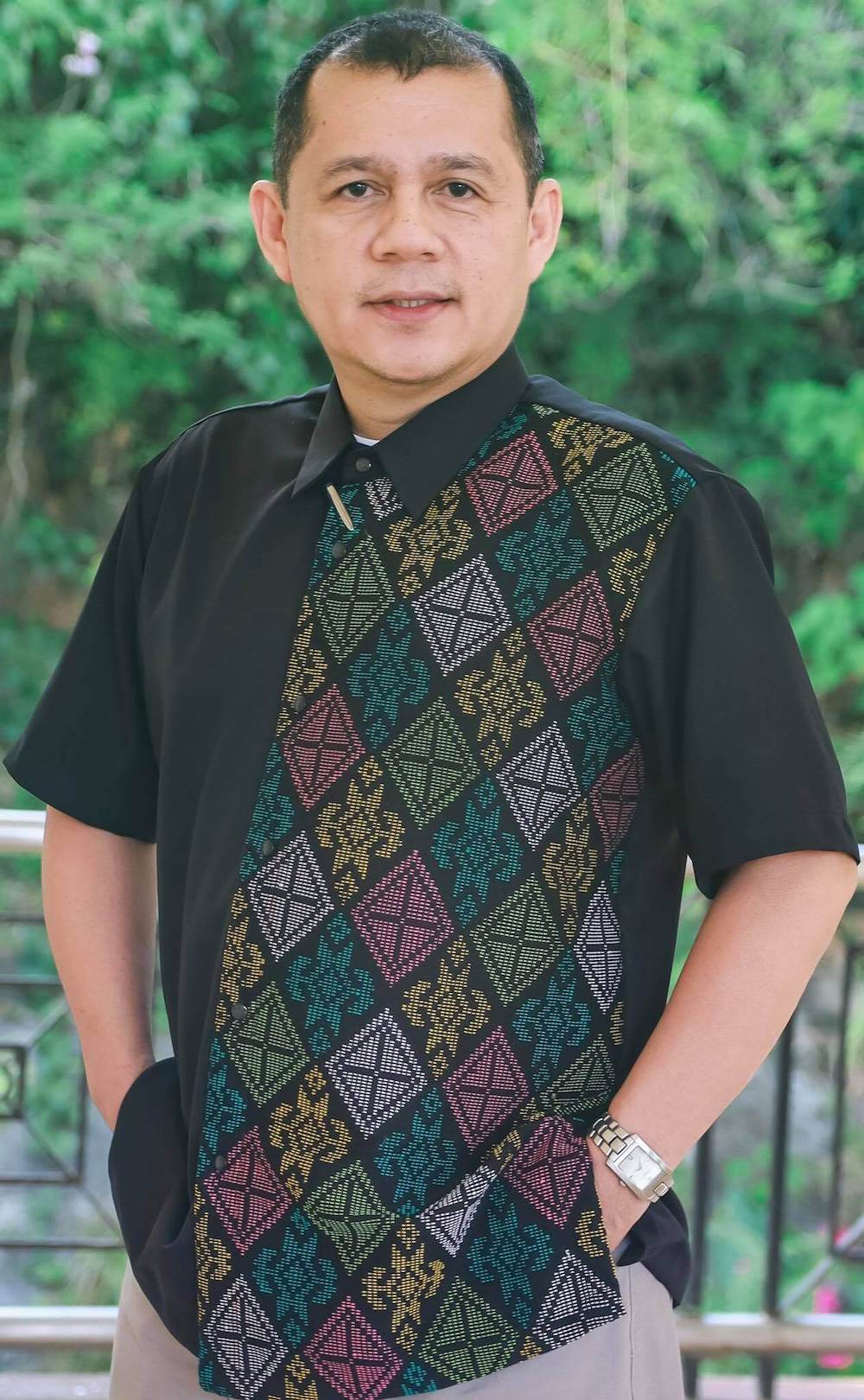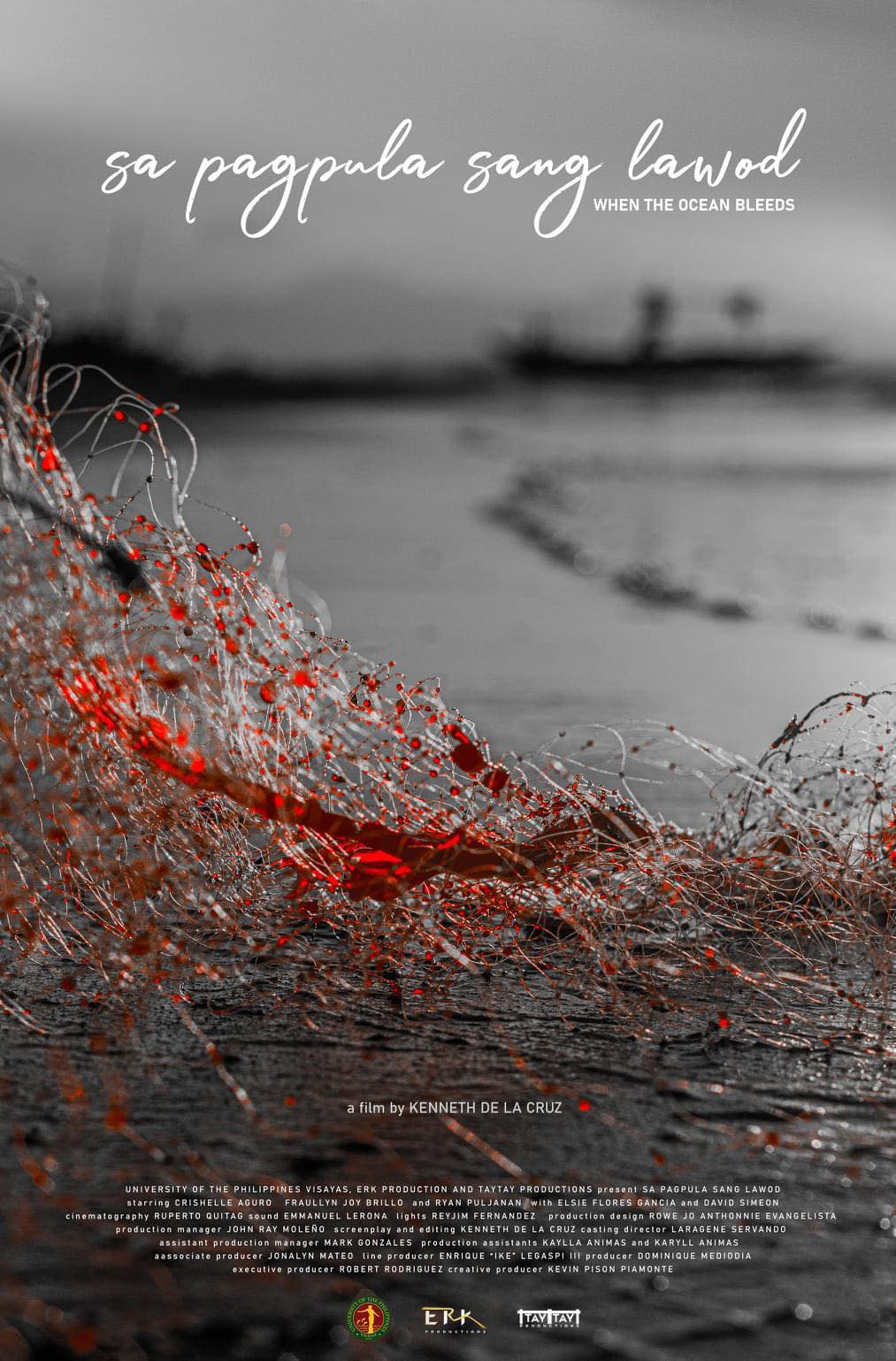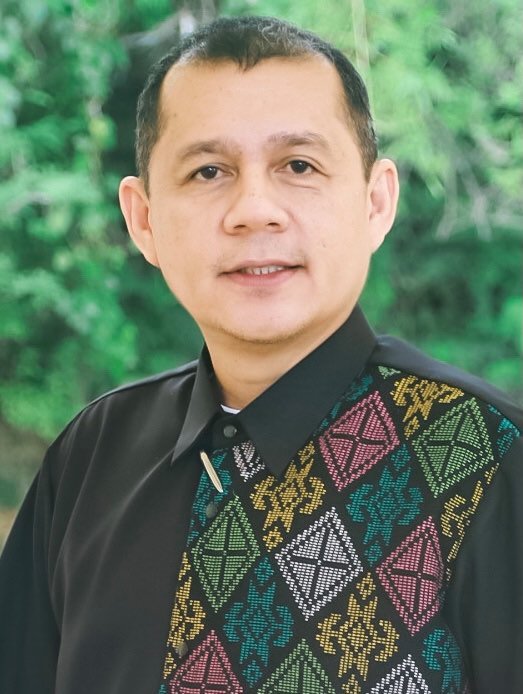The conversation continues as we learn more about what UPV Chancellor Dr. Clement Camposano has in store for the community and where UPV is heading.
In this final part, Chancellor Camposano shares his surprises and disappointments, his plans of turning UPV into a biodiversity hub, his views on the University’s mandate for research, public service, and teaching, and how he visualizes the future of UPV after he has finished his term.
**********
Q. Have you had any surprises?
Not really. ‘Disappointment’ is perhaps the right term?
I actually expected more of some people. Somehow that didn’t happen. But now, I understand. I’m a person who’s not readily surprised. I think I’ve seen enough in my life to be that. I’m not surprised at all. Still, it’s always a challenge to understand the nature of the challenge.
Challenges are constantly changing. You never really know for sure, what problem will walk through the door next. Sometimes it will be very mundane. Sometimes, some problems can really challenge your assumptions about what your job is about or maybe even challenge your sense of what constitutes justice—very basic, very fundamental things. Other times, it’s basically just technical matters.
Q. As an academic institution, what do you think is the most important thing that UPV needs to do amid this pandemic?
That’s number one on my vision statement – Build on our strengths. Part of the process is to have an honest look at your areas of improvement. What are those areas where you have not maximized your strength? Or where you have not made an effort to explore your potential. I think that’s what needs our attention.
I think we need to get better at remote learning, at remote teaching. Soon, many of the things that we want to do – our expansion plans, can benefit from more effective use of technology. I’ve always believed that an institution can punch above its weight class if it can maximize its strengths and its potential.
We know UP has capabilities in research like fisheries and marine biology, but what else does it have? What other permutations of capabilities can we pursue that will allow us to, for example, address the vulnerabilities of coastal communities or help LGUs become more proactive? I think that’s what we need to work on.
Eventually, I think our role as a leader in the region, as a leader within the higher education sector and within the broader academic sector, hinges on our ability to engage our communities and our LGUs concerning concrete issues.
Like the flood resilience summit, we hope to continue working with the city government and the province with other initiatives. Aside from just advocating policy, we can also showcase biodiversity, resilience, and so on. We have a huge campus we need to properly utilize it.
There’s a plan to improve our nature trails and build a biodiversity hub that includes constructed wetlands, beaches, and a bamboo forest. It will also serve as an important tourism destination for Miagao.
That’s something that will also support our existing research and academic programs.
Q. Those are grand plans, chancellor. Do you think you will be able to accomplish that within the next three years or at least lay the ground for it?
Yes, because enough people are interested in being part of it. These are not very expensive projects. They will probably need a lot of focus but if done correctly these can strengthen our programs.
We plan to offer, for example, a graduate program in sustainability studies. That really fits into this whole plan. If you’re going to have a campus that is a biodiversity hub, then the campus should become the laboratory for the courses that you will be offering. Also, we are very serious about offering coastal engineering, for example.
These are things that will benefit from turning the campus into a biodiversity hub. This will support our policy advocacies. Before you can begin to convince other people, you need to walk the talk. We have that opportunity.
Think about it: Miagao campus is going to be an important biodiversity hub and our city campus is going to be a heritage and cultural center. These are areas we plan to explore. They allow us to play an important role in protecting, promoting, and enhancing cultural heritage.
Q. What do you hope to accomplish at the end of your term?
I’ll stick to my vision paper. Those are points I’m quite focused on.
1. Building our capabilities.
2. Deeper engagement with our communities.
3. To lead meaningful change in education.
4. To promote diversity and inclusion on our campuses.
5. To invigorate democratic governance.
I may have this vision and this 5-point agenda, but this needs to be operationalized by the different units, and people need to buy into this. If they think that they can improve on this, then they should be free to suggest changes.
After we’re done with the strategic plans, we’ll revisit the original vision and check if we can tweak that to reflect the actual inputs. It’s a two-way process. First, you have a deductive process; from something general, you try to operationalize that towards very specific projects, programs, plans, and activities.
Then there’s an inductive direction. Based on what we’ve done, we’ll try to introduce collective vision so that it’s not just my vision; it’s everybody’s vision.
I think that’s a small price to pay for greater participation. If you just stick to that, this will be different place in three years’ time.
Q. For the last 9 years, research and publication output has always been hammered into the community. What do you think of this?
We’re very appreciative of research, but you also need to understand that research can come in many forms. We need to be deeply appreciative of the research in the natural sciences and research in the social sciences.
Research is important, and so is advocacy, and so is extension. After all, the classic formulation of a university’s main primary mandate is teaching, research, public service and extension. We need to focus on all three.
Of course, research is important, but you cannot pursue research at the expense of the university's two other important functions. For many years, we’ve been pursuing research, teaching, and doing extension work as if they’re separate goals. What we need to do is to try to bundle them together.
I think we need to try hard to find ways to see how they can be woven together. I think that’s the key. Once we accept that all three functions are best thought of as bundled together, we are less likely to think of them as different activities.
Then, maybe people can learn to appreciate research, and how it should translate to initiatives on the ground. Think about it. How are we training our students? Are we training students to become corporate soldiers who will produce knowledge so companies can continue making more and more money? Or do we produce students who are competent researchers but at the same time believe that knowledge can be used to extend the margins of human freedom?
We need to make room for creative work. There are disciplines where you can always do research, and these are disciplines that are more oriented towards creative work. You need to offer something. They are equally important parts of the University’s work.
Let’s not limit the role of the University. Research is important but let’s pursue it in a way that does not unduly reduce or constrict or limit the university's role in national and public life. I know that’s where it’s coming from.
There are always enough people out there questioning those rankings. What good would your top ranking, your high ranks be if your University is not able, for example, to address important issues in public life? I don’t think UP was created for that purpose. So, we will be straying from our mandate.
We need to provide people with that clarity. That, I think, was impaired when we became too focused on one side, one leg, or one part of the university's three-part mandate.
You’re more likely to be judged by the quality your students' than by the level of your presence or by your citation numbers.
Q. Were you surprised that you got appointed?
I couldn’t be surprised. I wanted it. I worked hard for it. We figuratively moved heaven and earth. We consulted a lot of people. We reached out to different leaders. We sought out support. We were focused because we understood that these things were crucial for the appointment.
I was, however, surprised by the numbers. Out of the 11 votes, I got 8. That was major. I wasn’t expecting that. I thought this was going to be close and I was hoping I could get 6.
Q. Two years and eight months… what’s on the horizon?
I just hope we don’t stretch ourselves too thin. That’s the other struggle. There are so many things you can do. You also have to contain yourself. We have three years. We need to focus on a few things; otherwise, we’ll end up starting all kinds of things but not finishing any of them.
**********
Chancellor Camposano’s term is set to end in 2023. Our conversation provided an opportunity to project the intended trajectory of the university in the coming years. It now falls to the rest of UPV’s crew to figure out which part of the ship they find themselves best suited. From the students to the VCs, we are all part of the vision and the journey. Whether we make landfall in promising shores is up to the collective contribution of the UPV Community.
End of Part 2.


